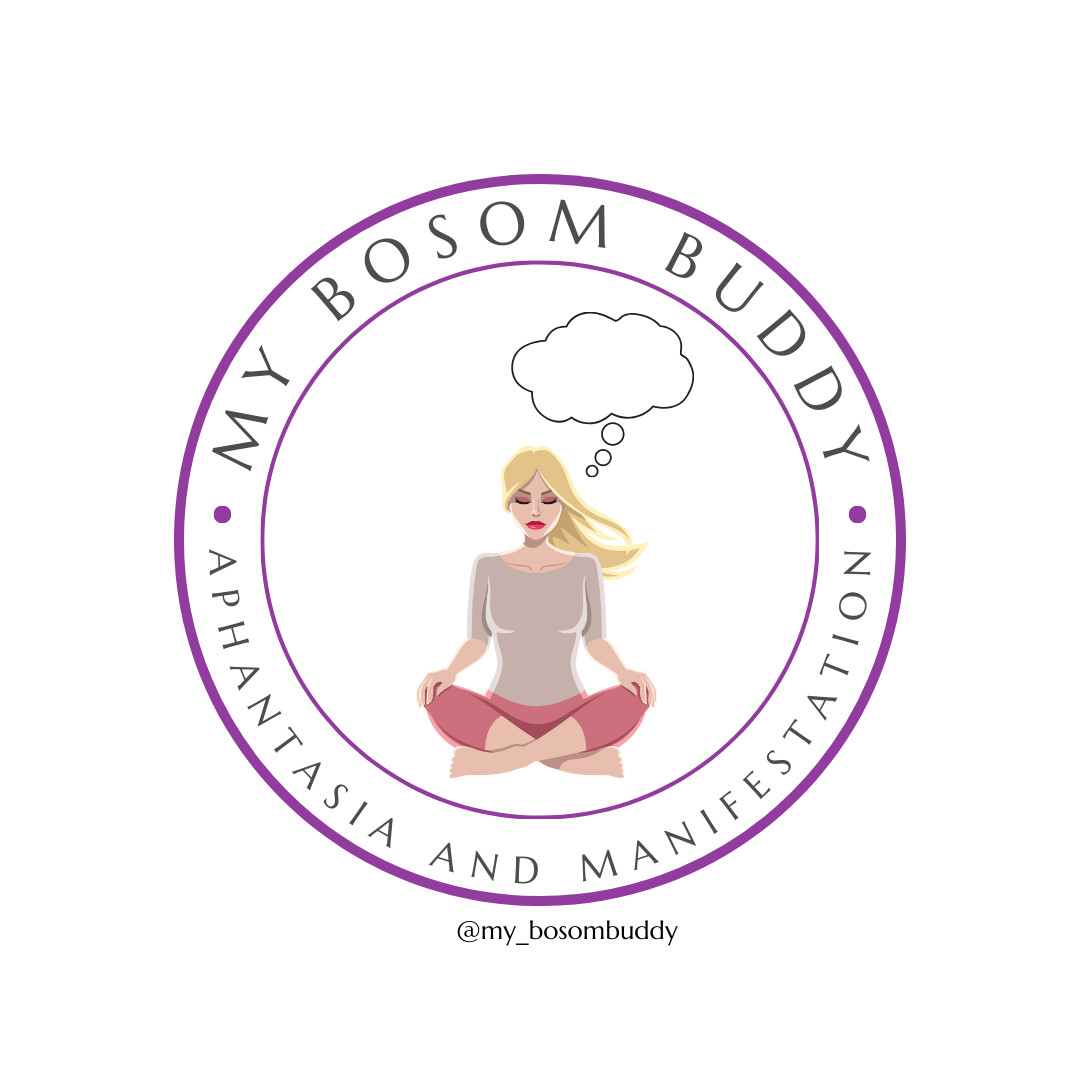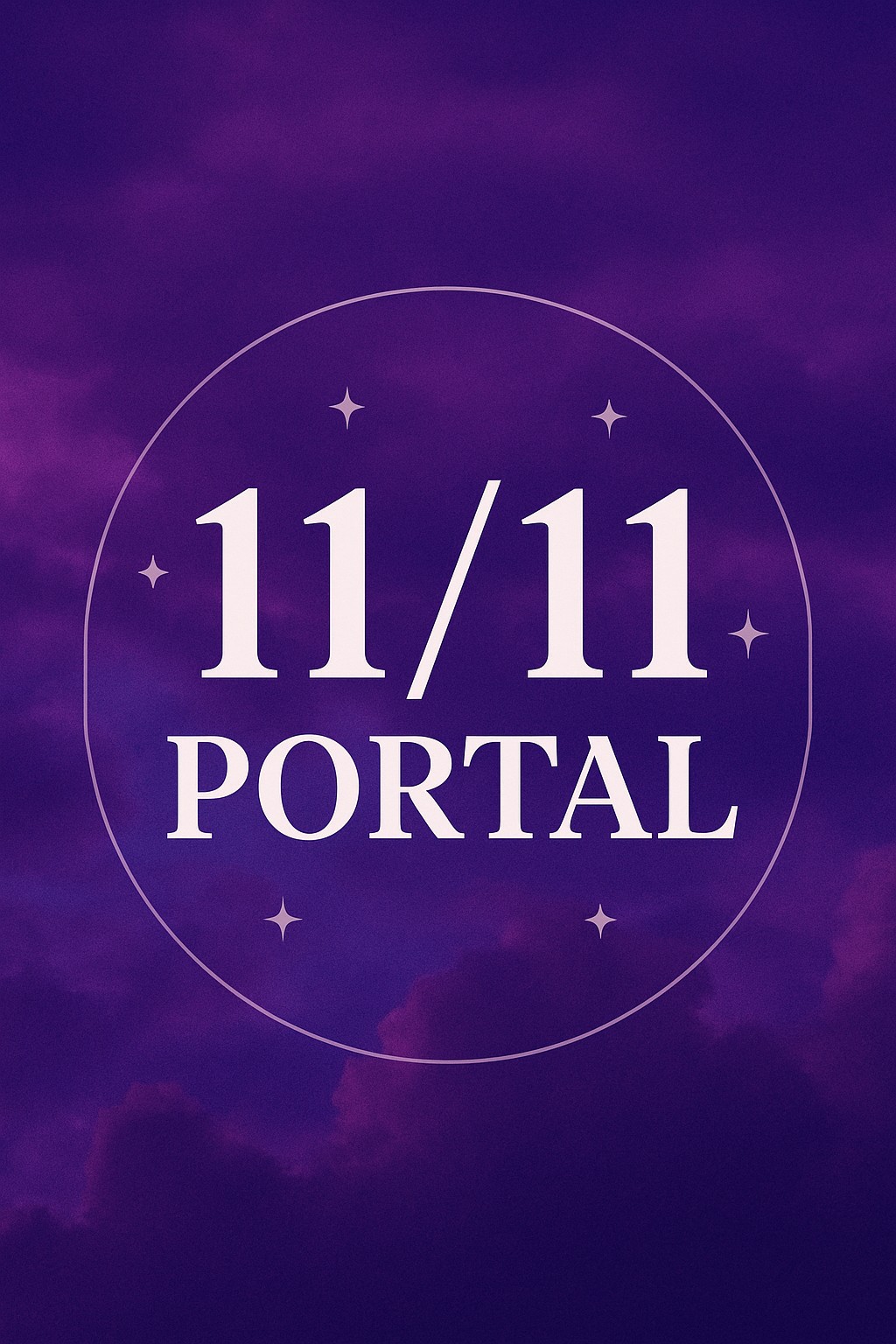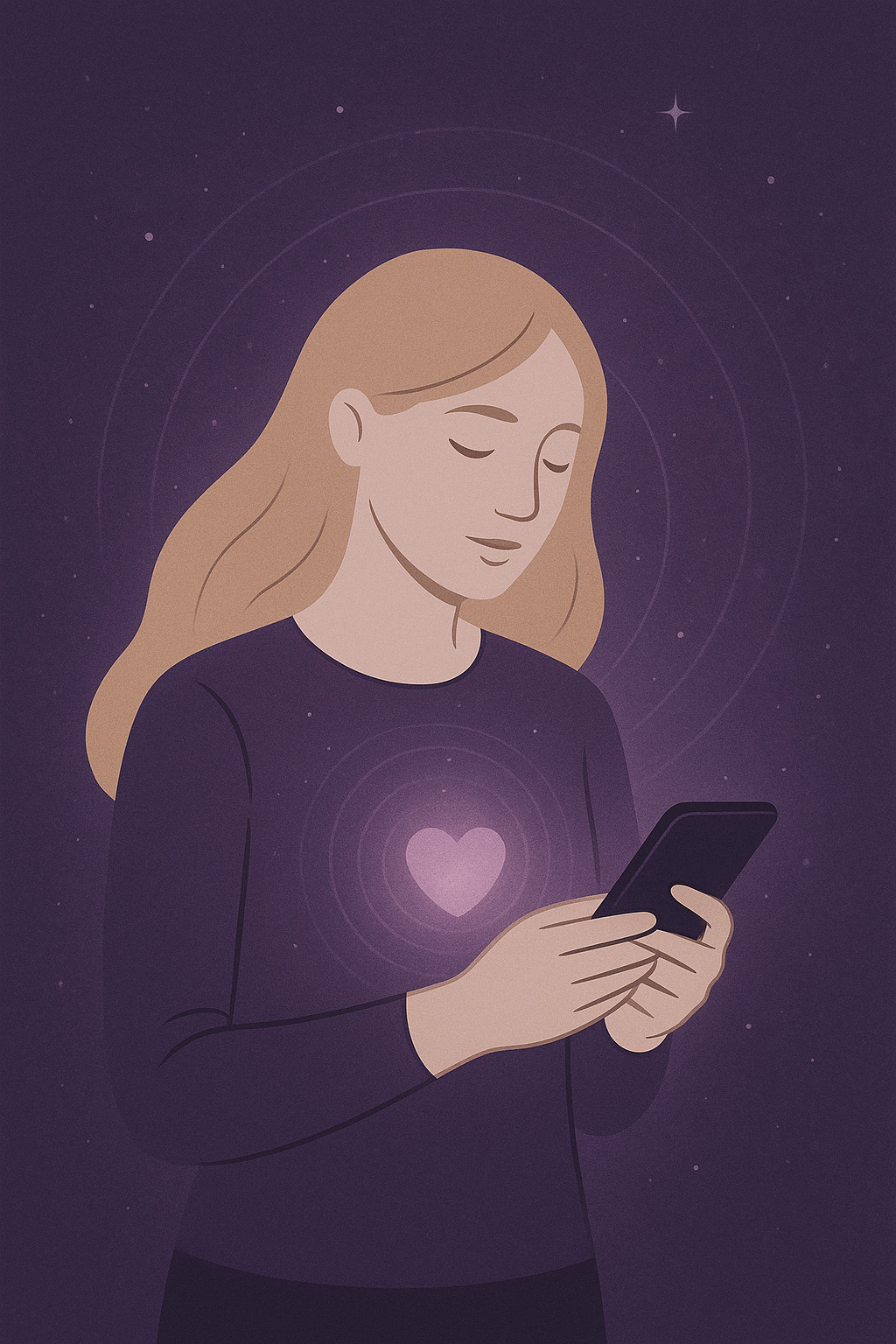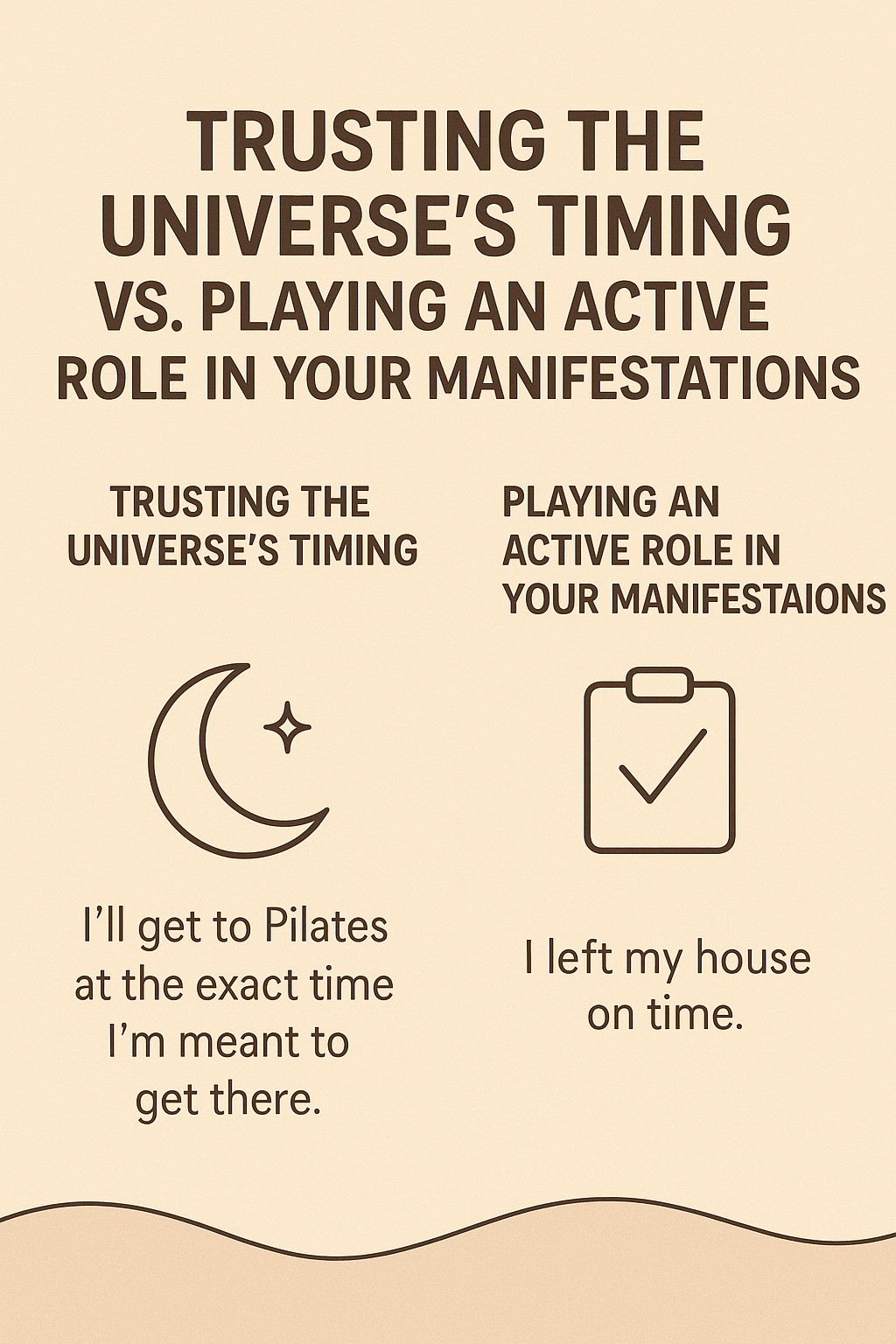
A common visualization technique in manifestation involves the practitioner envisioning either their future self or the act of surrendering control to a higher power through a doorway or portal. For individuals with aphantasia, a condition that prevents them from visualizing mental images, the concept of a doorway or portal in their mind's eye may not be feasible. However, the absence of mental imagery doesn't have to hinder the pursuit of their aspirations. Alternative approaches, such as the manifestation box, present creative solutions to access the power of intention and goal-setting.
A manifestation box, also called a creative box, serves as a potent resource for those with aphantasia. While conventional visualization methods often depend on mental imagery, a manifestation box offers a concrete alternative that engages other senses, enabling individuals with aphantasia to effectively tap into the power of manifestation.
The concept of a manifestation box is simple yet profound. It involves using a physical container to hold symbols, written intentions, or objects that represent one's desires and goals. For someone with aphantasia, this tactile approach offers a way to interact with their aspirations in a concrete manner. By writing down their goals and placing them in the box, they create a tangible representation of their intentions, bypassing the need for mental visualization.
One of the key benefits of using a manifestation box is the ability to engage the sense of touch. For individuals with aphantasia, being able to physically handle objects related to their goals can make the manifestation process feel more real and attainable. Each item placed in the box can serve as a sensory anchor, reinforcing the connection to their intentions and helping to maintain focus on their desired outcomes.
In addition to touch, a manifestation box can also incorporate other senses. For example, adding scented items such as essential oils or herbs can create an olfactory link to one's goals. This multisensory approach allows individuals with aphantasia to engage with their aspirations in a more holistic way, creating a rich sensory experience that can enhance motivation and commitment.
Moreover, the act of periodically revisiting the manifestation box can serve as a powerful ritual for reflection and affirmation. Opening the box, reviewing its contents, and reaffirming one's intentions can be a grounding practice that helps individuals stay aligned with their goals. This ritualistic aspect can be especially beneficial for those with aphantasia, providing a structured way to connect with their aspirations without relying on visual imagination.
The manifestation box also encourages creativity and personalization. Individuals can decorate their box, choose meaningful objects, and write personalized affirmations to include. This creative process allows for self-expression and can be particularly empowering for those who may feel limited by traditional visualization techniques.
Ultimately, a manifestation box offers a unique and accessible approach for individuals with aphantasia to engage in the practice of manifestation. By providing a physical space for their dreams and desires, it allows them to actively participate in shaping their reality, fostering a sense of agency and empowerment that transcends the limitations of mental imagery. This approach not only compensates for the lack of mental visualization but also adds a layer of creativity and personalization to their manifestation practice.
In this way, individuals with aphantasia can effectively harness the transformative power of symbolic gestures, ensuring that their journey toward achieving their dreams is just as vibrant and meaningful as those who rely on mental imagery.

Aphantasia, a term that has gained attention in recent years, refers to the inability to visualize images in one’s mind. For most people, when they close their eyes and imagine a beach, they can see the sun, sand, and waves as if they were looking at a photograph. However, for individuals with aphantasia, this mental imagery is absent. This condition affects a surprising number of people and can influence various aspects of life, including memory, creativity, and even certain cognitive processes. Understanding aphantasia opens a window into the diverse ways human brains process information and experience the world.
The concept of aphantasia brings an interesting perspective to meditation, a practice often associated with visualization techniques. Many meditation exercises involve imagining serene landscapes or visualizing energy flowing through the body. For those with aphantasia, these practices may need to be adapted, focusing instead on other sensory experiences or internal sensations. This could mean paying attention to sounds, physical sensations, or the rhythm of one's breath. Meditation for someone with aphantasia might center on mindfulness and presence, rather than the traditional visualization that many people find beneficial.
When it comes to manifestation, aphantasia poses another intriguing challenge. Manifestation often involves visualizing desired outcomes, creating vivid mental images of goals to bring them into reality. The law of attraction, for instance, emphasizes the power of mental imagery in achieving one's dreams. For individuals with aphantasia, the act of manifestation might rely more heavily on verbal affirmations, written goals, or emotional connections to the desired outcome. They might focus on the feelings associated with achieving their goals or use other sensory cues to strengthen their intentions.
Despite these challenges, people with aphantasia can still engage deeply with both meditation and manifestation. It’s important to recognize that there are many pathways to mindfulness and personal growth. For instance, those with aphantasia might find unique strengths in their heightened awareness of other senses, or in their ability to think abstractly without the distraction of mental images. This can lead to creative solutions and innovative approaches to meditation and manifestation, demonstrating that there is no one-size-fits-all method for these practices.
Research into aphantasia is still in its early stages, but it suggests that the condition may provide insights into the broader spectrum of human cognition. It challenges the traditional understanding of how imagination and visualization are linked to creativity and problem-solving. By exploring the experiences of those with aphantasia, scientists can gain a deeper understanding of the brain's capabilities and the diverse ways people can interact with their inner and outer worlds.
Incorporating aphantasia into the broader conversation about meditation and manifestation encourages inclusivity and adaptability in these practices. It highlights the importance of creating spaces where all individuals can explore and benefit from mindfulness, regardless of how their minds work. This inclusivity not only enriches the experiences of those with aphantasia but also broadens the horizons for everyone interested in these transformative practices.
Ultimately, aphantasia serves as a reminder of the diversity of the human experience. Whether through meditation, manifestation, or other forms of personal development, there is a rich tapestry of approaches available to anyone seeking growth and fulfillment. Embracing this diversity can lead to more personalized and effective practices, tailored to meet the unique needs of each individual, and fostering a deeper connection to oneself and the world.










